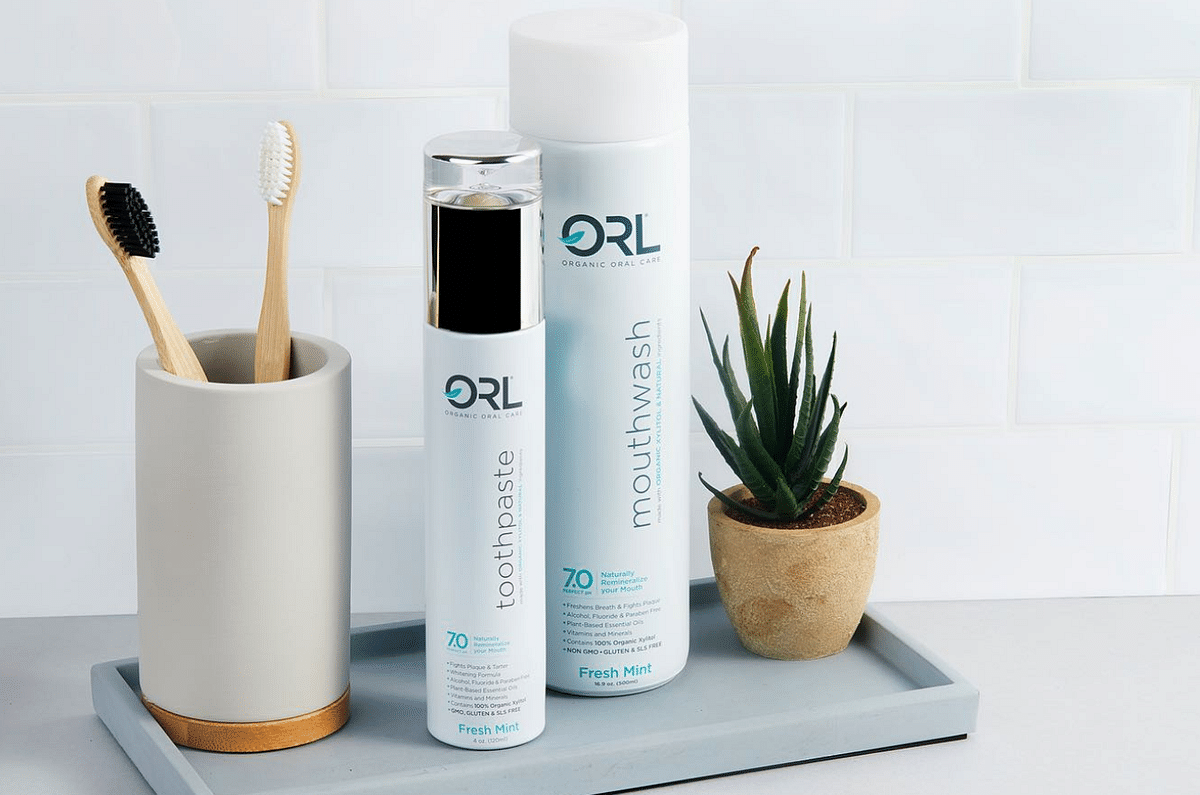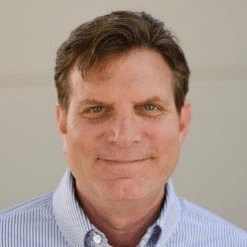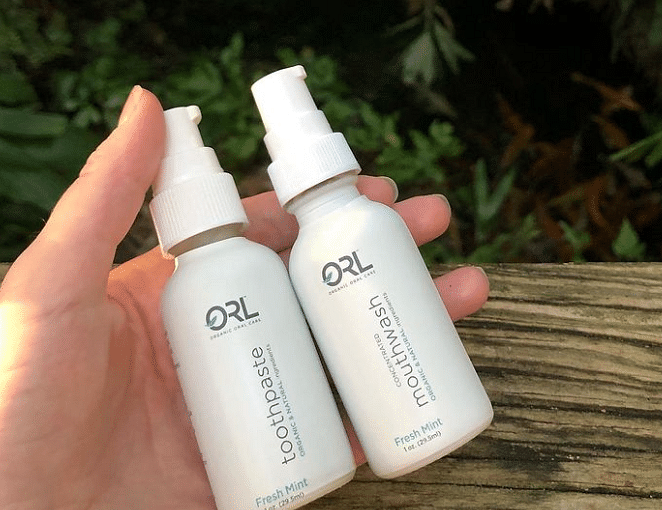
Howard Kaufman on the birth of ORL and how the organic oral care company grew as a brand
By Jim James, Founder EASTWEST PR and Host of The UnNoticed Podcast.
ORL is a two-year-old company that offers organic oral hygiene products. Though it took them around six months before they were able to break into the market, co-founder Howard Kaufman and his business partners consider their journey as a labour of love.
Image from LinkedIn
The idea behind ORL began when Howard went to a grocery store and noticed that a certain toothpaste brand’s warning label: The toothpaste contains sodium fluoride that, when swallowed by children (six years old and below), can be harmful. The irony is that the product is being advertised as a children’s toothpaste.
Howard thought that if there’s a harmful ingredient with a warning label for children’s toothpaste, it can also be the case for other oral care products. As he researched more about these ingredients, he felt compelled and motivated to create ORL.
He worked with a number of dentists, a food scientist, and a pharmacist for this venture. They started with the idea of creating a natural and organic formulation for oral healthcare products — products that contain vitamins, minerals, and certain plant-based essential oils that have been previously identified to be beneficial for oral health; products that don’t have any of the hundred ingredients that were found to be hazardous. Their group used PubChem to get access to scientific reports on ingredients. Through the reports, they learned about health and safety issues as well as the different aliases for the toxic ingredients.
Creating Awareness
At the end of the day, businesses aim to be profitable. But for Howard, it’s more of an outcome; it should not be your focus when you’re starting. The real focus should be to create awareness in the right target market. Then after gaining modest awareness, you should do a trial for your product.
Howard’s mantra is to think big, start small, then scale. Though there are other brands that have entered their respective markets successfully from the get-go, they should be considered as more of an exception than a rule.
As someone new to the oral healthcare market, Howard and his team at ORL focused on their belief in the customers that they are serving. But apart from knowing who their audience is, they also challenged themselves to become active listeners. Listening is important because it’s the marketplace that will tell you what they like and what they don’t like — and what are the things that they don’t understand about your product. What may seem important to you might not be for your audience. Citing leading advertising agency Leo Burnett, he points out how vital it is to test your internal paradigm: Is it true? If so, does it matter to your audience? As a marketer of your brand, you have to build awareness and figure out if what you offer matters to your marketplace.
Image from Unsplash
Overcoming Challenges as a New Player in the Industry
Back in October 2019, ORL’s goal was to introduce eight stock-keeping units to the market. They have two product lines — a toothpaste and a mouthwash — and each has four different flavours or formulations. They offer a fresh mint flavour that captures the sentiment of bubble gum for kids. They also have a formulation that includes cannabinoid (CBD) oil. CBD is a non-hallucinogenic part of the cannabis plant which offers dental benefits (e.g., it addresses gum irritation and slows down jaw bone loss).
However, they ran into a production issue: They were tallying a high failure rate (about 70%) when labeling their glass containers. Their production supplier was only able to provide them with their CBD oil-containing products. As there’s still no national guidance from the Food and Drug Administration (FDA) regarding CBD, ORL only worked with CBD boutiques and distributors, and a segment of dentists who believe in the benefits of CBD, in the beginning.
In February 2020, right before the pandemic hit, they were able to solve their labeling issue and introduce the rest of their product line. Their main channels of selling include boutiques, apothecaries, and dental offices. They also sell directly to consumers online (For Amazon, they only listed their non-CBD products as the platform doesn’t approve selling CBD products until a guideline from the FDA is released).
For ORL, Howard and company used an omnichannel approach to enter the market. Though they don’t have resources as big as what multinational companies utilise, they focused on winning with what they have. Because they’re small, they can be more responsive to their customers. They can also make decisions faster and can be more generous with their products. Basically, they are using their advantages to set foot in the oral healthcare market.
Hearing Feedback from Consumers
Howard knows that ORL, as a brand, caters to consumers who want to lead a more active and healthier lifestyle. They don’t have grand ambitions like being a dominating force in the market.
Image from Unsplash
What he acknowledges is that 18 months after they first introduced their products, they are now getting validation for the research that they have done. And it doesn’t end there, because they continue to look at consumer behaviour and get insights from their retail partners — a group that Howard calls the tribe for their brand.
Gaining feedback and input from their tribe has been vital in improving their products. For instance, when they learned from their customers that one of their ingredients is sourced from a shellfish which may cause allergy concerns, they modified their formulation and eliminated that said ingredient.
For Howard, it really matters to hear your audience and determine what you can do based on their feedback.
Adjusting Own Strategy Using Insights from the Market
Part of building a brand is having a plan — a business strategy — ahead. However, as a brand grows, it’s inevitable to have product iterations based on customer feedback.
ORL engages with their customers directly and through their retail partners. Furthermore, they are not only open to hearing from their customer base. They also receive and use insights from a segment of consumers who haven’t purchased yet but have shared opinions through email.
For example, in January, they introduced a travel set as part of their product development roadmap. For this offering, they got feedback pointing out that their product is quite bulky (Their mouthwash is 500 mL while their toothpaste is 120 mL). Taking that into account, they changed their travel set inclusions into a one-ounce toothpaste and mouthwash packaged in mess-free containers. Getting feedback early on from their tribe has helped them swiftly improve their offering.
Screengrab from ORL on Instagram
It’s also part of their goal to earn more loyal consumers — consumers who wouldn’t just buy once or twice, but consumers who will make ORL their oral healthcare product of choice. Howard sees taking immediate action based on consumer insights as an advantage that they have over bigger market players.
To learn more about ORL, visit https://orlcares.com. You may also send an enquiry directly to howard@orllabs.com. And when you’re developing a business that may seem unnoticed, listen and ask questions from your tribe as these are people who will give you guidance on how you can grow your product.
This article is based on a transcript from my Podcast The UnNoticed, you can listen here.
Cover photo by ORL on Instagram.





